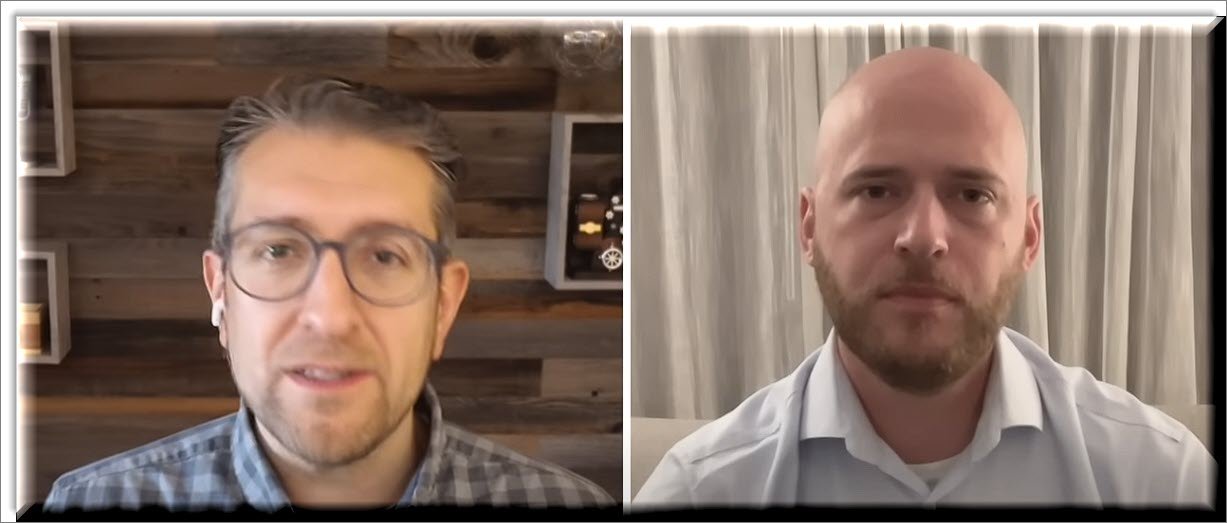Navy Vet Who Destroyed Satanist Symbol Speaks Out: ‘We Should Not Tolerate Satan’

In late August, a once quiet suburban neighborhood became the center of attention when a Navy veteran took matters into his own hands. Upon discovering a Satanist symbol prominently displayed in a local park, the former serviceman decided to destroy it. His actions sparked a heated debate regarding individual freedom, religious tolerance, and the limits of expression. In this article, we delve deeper into the story, exploring the motivations, opinions, and the wider implications of the incident.
The Incident that Unveiled a Divided Community
On an otherwise ordinary afternoon, our protagonist, John Patterson, a Navy veteran who had served his country for over a decade, stumbled across a granite statue of Baphomet, a symbol associated with Satanism, which was erected in a small park near his home. Deeply disturbed by the presence of such a symbol in a public space, Patterson decided to dismantle and destroy it.
Speaking out about his actions, Patterson stated, “I couldn’t just stand idly by while a symbol representing evil and darkness was placed where my children play. We should not tolerate Satan.”
Divided Opinions on Freedom of Expression
Patterson’s bold act of defiance evoked differing opinions among local residents. While some applauded his actions and supported his viewpoint on Satan, others accused him of infringing upon the freedom of expression and imposing his own beliefs on the community.
Freedom of speech and expression are fundamental rights protected by the Constitution. However, the gray area emerges when it comes to deciding whether certain symbols or forms of expression should be allowed in public spaces, especially in a diverse community.
Supporters argue that the presence of a Satanist symbol challenges the peace and safety of the neighborhood. They argue that it promotes a divisive ideology that goes against the values held by the majority. On the other hand, opponents stress the importance of religious plurality and the right for all beliefs to coexist peacefully.
The Limits of Tolerance
The debate surrounding the incident forces us to confront the question: what are the limits of tolerance in a society? While advocating for an inclusive society is essential, it is equally crucial to maintain a balance that upholds the values shared by the majority. The issue becomes more complicated when we factor in religious symbols that are inherently provocative or offensive to some.
It ultimately boils down to the question of harm. What constitutes harm in this context? Is it a symbolic representation of beliefs that are perceived as evil by many, or the removal of such symbols, which may infringe upon the freedom of expression?
Patterson firmly believes that symbols of evil propagate dangerous ideologies that can negatively impact society. He argues that Satanism, as a religious belief or ideology, must not be given a platform.
Critics, however, caution against acting as the “thought police.” They argue that combating ideas and beliefs with force or destruction is counterproductive, as it fuels resentment and further polarizes communities.
Finding an Effective Middle Ground
Rather than resorting to destructive actions, the incident could serve as an opportunity for dialogue, understanding, and building relationships within the community. This incident has highlighted the need for open conversations about the boundaries of religious freedom and expression in shared spaces.
Instead of destroying the symbol, Patterson could have chosen to engage in a peaceful protest, organizing discussions or advocating for the removal of the statue through legal means. Such approaches encourage dialogue and provide room for learning, potentially prompting the Satanist community to explain their beliefs and foster an environment of empathy.
The case of John Patterson, the Navy veteran who destroyed a Satanist symbol, has undoubtedly ignited a contentious conversation in the local community. It raises important questions about the limits of religious freedom, tolerance, and the role of symbols in shaping our society.
While Patterson’s actions may have temporarily erased a symbol that he deemed offensive, they also overshadowed the opportunity for understanding and peaceful debate. In today’s increasingly diverse and interconnected world, it is vital that we find ways to navigate these difficult conversations, appreciating the complexities of freedom, tolerance, and community coexistence. Only then can we hope for a society that thrives on empathy and mutual respect.
Throughout his career, Roy Swire has remained true to his roots, using his artistry to inspire and uplift others. Whether through his music, writing, or activism, he continues to make a meaningful impact on the world, proving that art has the power to transcend boundaries and unite people from all walks of life.
Related News
A tanker plane crash has killed a firefighting pilot in Oregon as Western wildfires spread – The Associated Press
Spread the love A tanker plane crash has killed a firefighting pilot in Oregon asRead More
Obama endorses Kamala Harris as she builds momentum against Donald Trump – CNBC
Spread the love Obama endorses Kamala Harris as she builds momentum against Donald Trump CNBC ElectionRead More
